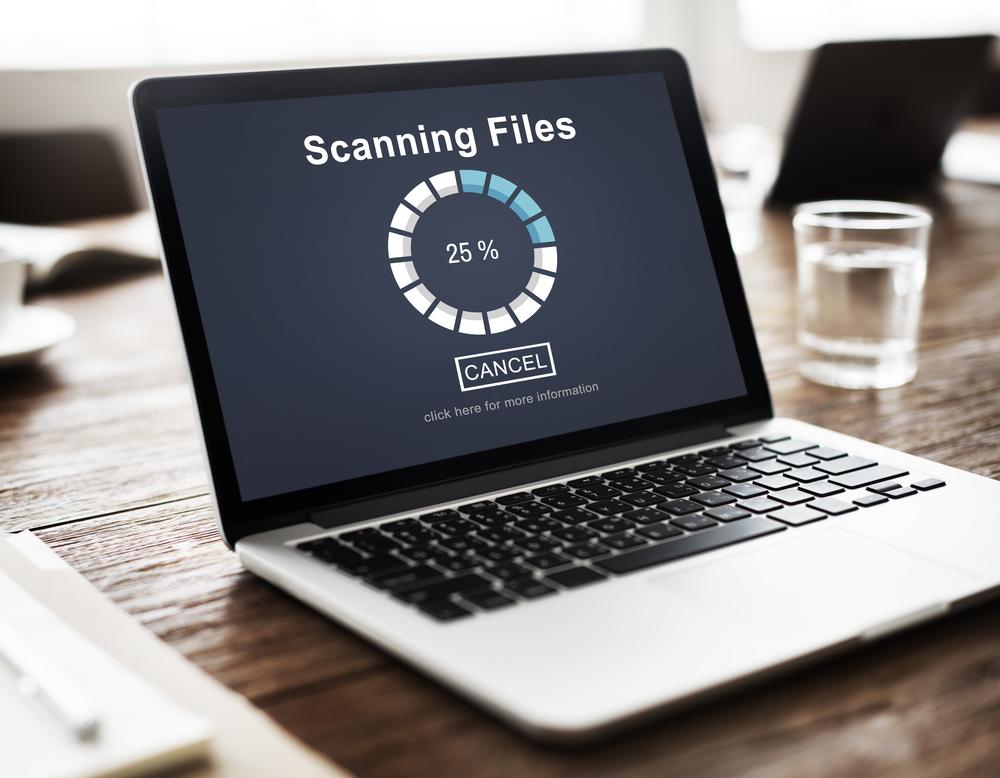Transforming Medical Records: A Guide to Digital Transition
Learn how to efficiently transition from paper to electronic medical records with this comprehensive guide. We cover the steps for digitization, organization, and security, helping healthcare providers improve data management and patient care. Implementing an EMR system enhances efficiency, protects sensitive data, and simplifies record access, making it an essential upgrade in modern healthcare. Discover practical tips for digitizing documents and ensuring data safety, whether through professional systems or manual digital filing. Stay ahead in healthcare technology with these essential strategies for a seamless transition.

Transforming Medical Records: A Guide to Digital Transition
As digital innovations continue to reshape industries, healthcare is no exception. Modern technology is revolutionizing the way medical records are stored, accessed, and managed. Moving from traditional paper files to electronic medical records (EMRs) enhances efficiency, security, and ease of access. By following a systematic approach, healthcare providers can smoothly implement this transition, ensuring data protection and improved patient care. Embrace the digital shift today with these essential steps!
Digitizing Documents: Initiate the process by scanning paper medical files to convert them into digital formats. These files are stored securely through advanced encryption, making them accessible online while preserving confidentiality.
These digital records are organized systematically by categorizing information based on diagnosis or treatment type. Entering data into designated database fields facilitates quick retrieval, benefiting both patients and healthcare professionals.
Ensuring data security is vital when transitioning to electronic systems. Protect sensitive information—such as addresses and insurance details—using multiple security layers like passwords and encryption to prevent unauthorized access or misuse.
If your healthcare facility has not adopted an EMR system, consider reaching out to specialized vendors that offer tailored solutions for electronic record management. Alternatively, create structured digital filing systems on your computer, but always retain physical copies as backups for times when digital access may be unavailable.










